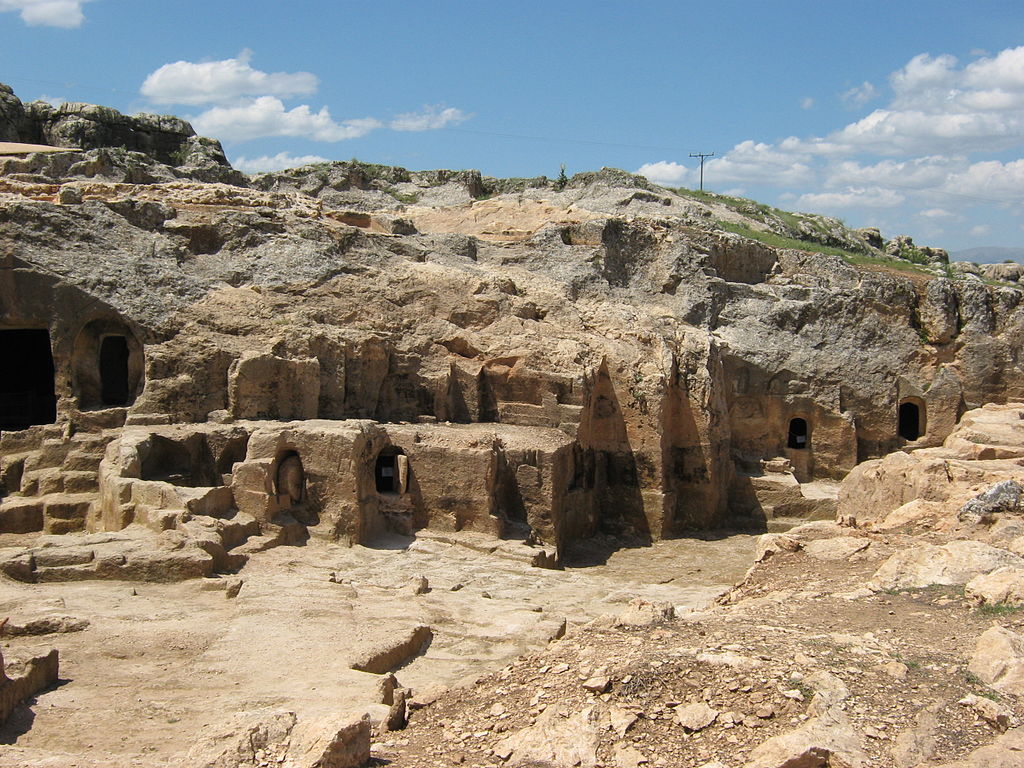|
Other Archaeological Sites / The Neolithic of the Levant (500 Page Book Online) Pre-Pottery Neolithic Çayönü Tepesi
The main deposit at Çayönü in SE Turkey consists of the remains of a very early and substantial village-farming community. The site is located near the headwaters of the Tigris River on the Taurus Mountain piedmont(*). The main prehistoric phase at Çayönü (Phase I) appears to have been by people who were upon the very threshold of effective food-production. Plant domestication was present from the settlement's beginnings but animal domesticates only appeared later in the phase. The major portion of Phase I was within the half millennium 7250-6750 BC in Libby uncalibrated terms ... On Radiocarbon Dating see *** ... Surface indication is that the village spread over an area about 100 X 200 metres ... The Phase I Çayönü inventory is aceramic or without pottery vessels. It does include clay figurines of animals and a few of humanoid form. The bulk of the artifacts consists of chipped stone tools of flint and obsidian; implements of horn and bone are also fairly common ... The inhabitants of Çayönü clearly rejected barley while cultivating both emmer and einkorn wheat. Animal bones are relatively abundant and it is clear that dependence was on wild game - especially larger artiodactyls and ovines. Domestic animals -- mainly sheep -- appeared only in the final aspects of Phase I ... On virgin soil were traces of buildings or single room structures whose plans were round or have rounded corners. The superstructures consisted of wattle and daub and were occasionally built on low stone footings. Above this earliest sub-phase is a second which is characterized by the strange so-called grill-plan buildings. In this phase new techniques of construction were discovered which provided for a dry floor for their homes in the cold and wet season. Then follows the intermediate third sub-phase which has revealed multi-roomed buildings which differ from the grill-plan buildings. The following fourth sub-phase is characterised by the so-called cell-plan buildings. This stratum is succeeded by the first containing pottery -- but only at the north end of the site ... * a gentle slope leading from the base of mountains to a region of flat land ... See Also: Beginnings of Village-Farming Communities in Southeastern Turkey: Çayönü Tepesi |

